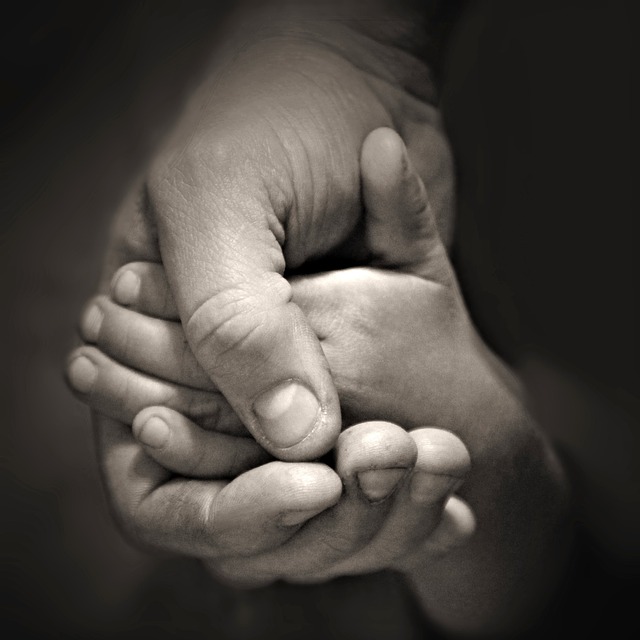
It must have been chaos in the desert, a city planner’s nightmare, before the encampment of the Jewish people was reorganized in the second year after the Exodus from Egypt. The new plans called for the encampment to follow a rigidly defined grid. The people were to be divided into four groups of three tribes and placed to the north, south, east and west of the central hub in which the Mishkan stood. Each tribe was assigned its precise place in the scheme of things, with its own flag and tribal emblem.
Why did God put off the organization of the encampment until the end of the second year of the Jewish people’s sojourn in the desert? Why did He allow chaotic conditions to prevail for so long?
The commentators explain that it would not have been wise to create a formal pattern of encampment during the first year. At that time, the Jewish people were still in an early formative stage. Although they were all descended from Abraham, Isaac and Jacob, although they had all shared the common woes of bondage in Egypt, the idea of a Jewish nationhood based on the Torah and the covenant with God was still very new.
Each tribe had its own outlook and personality, which gave it a singular perspective on Torah and Jewish issues. Had the tribes been assigned to different sections of the encampment, there would have been a high likelihood that their ideological differences would lead to factionalism and dissension. At the same time, ideological differences among the tribes could also be a potential source of great national strength. The various perspectives could engender lively exchanges and debates. So how could the ideological differences be used to create a strong intellectual, emotional and spiritual vitality without leading to factionalism?
God’s solution was to allow the tribes to live together in one huge, chaotic melting pot for a full year. During this time, they would merge together into one nation indivisibly united around the core of the holy Torah. They would bond not only as a large clan but also as partners in the divine covenant.
But this condition could only be allowed to continue for a limited time. Otherwise, the tribes would truly melt together into some kind of a composite that lacked the focused strengths and virtues of each individual tribe. Therefore, God instructed the tribes to separate into a structured encampment in the second year, after the Mishkan had been built. The tribes would thus retain their individual character and still remain bonded to the rest of the Jewish people by their common connection to the divine Abode in their midst.
A man enlisted in the army and was assigned to an army base, where he made a number of new friends. After a few months of intense training, he was transferred to another base where he was given artillery training. One of his new friends was assigned to infantry training, while another was sent to communications school.
“What is going on here?” the young soldier complained to his sergeant. “If we are to be separated, why were we thrown together in the first place? Why didn’t they send him straight to communications school and where we fit? They knew his aptitude when he enlisted, didn’t they?”
“They certainly did,” said the sergeant. “Tell me, if you are called on to support the infantry in battle with artillery fire, will you rush to do it?”
“Of course. That is my job.”
“But will it help at all if you know that your friend is in the infantry?”
“I suppose it would.”
“There you go,” said the sergeant. “Starting with all the men together leads to greater sense of commitment.”
In our own lives, we also live in small separated units. We are divided from each other by our interests, our professions, our family backgrounds, our neighborhoods. But we must recognize that there is more that binds us than divides us. We are brothers and sisters whose ancestors stood together at Mount Sinai and heard the voice of God. We shared the memories, both glorious and painful, of thousands of years of history. Regardless of our differences, we are one people. Text Copyright © 2010 by Rabbi Naftali Reich and Torah.org.
Rabbi Reich is on the faculty of the Ohr Somayach Tanenbaum Education Center.


